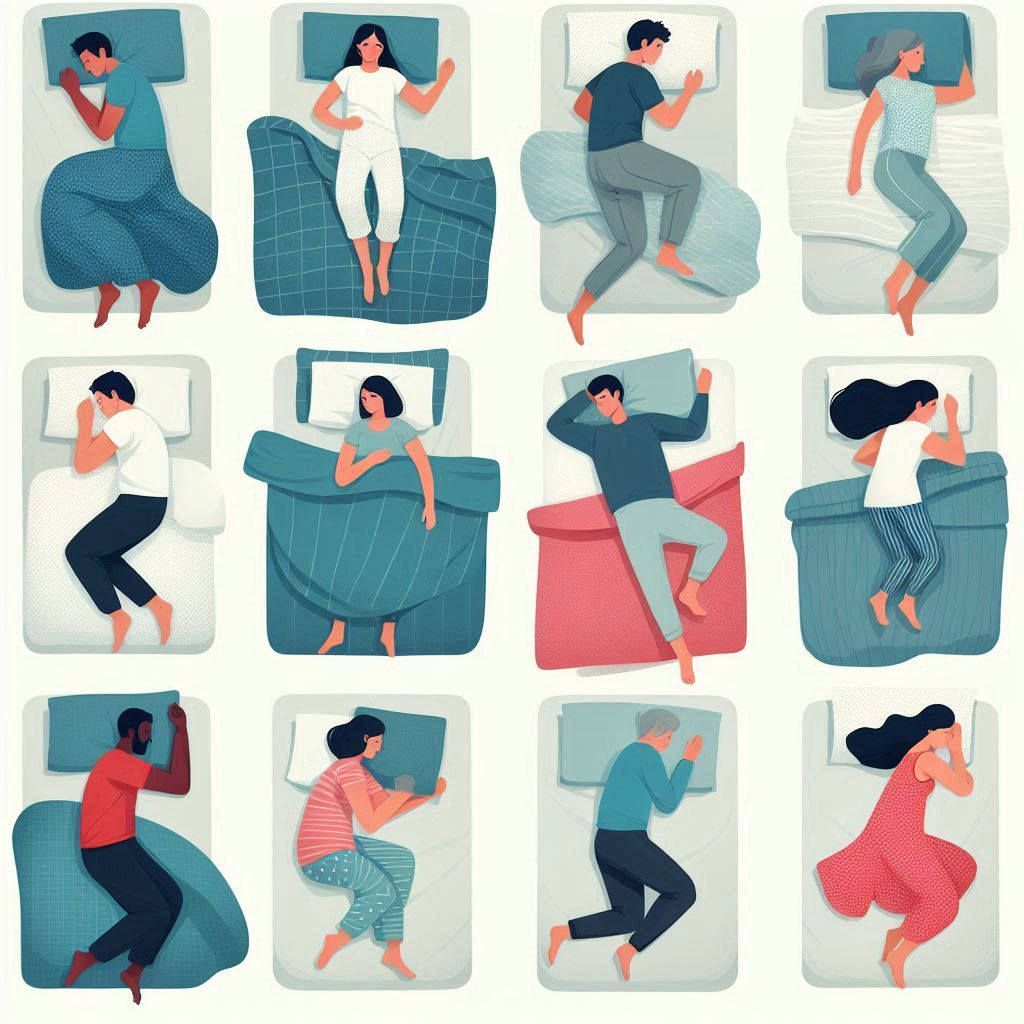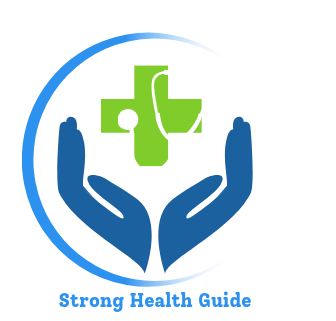Your sleeping position does more than affect how refreshed you feel; it can also influence your heart and overall health. While comfort often dictates how we sleep, growing research shows that specific sleep positions may improve or hinder aspects of health, especially heart function, circulation, and even digestion. In this article, we’ll dive into the effects of different sleep positions on your heart health, spinal alignment, and overall wellness, so you can make informed choices to maximize restorative sleep and benefit your health.

The Importance of Sleep Position
Our sleep position impacts more than our physical comfort—it can influence bodily systems essential for health. The primary sleeping positions include sleeping on the back, stomach, and sides, each of which can either support or strain different aspects of the body. Experts recommend side sleeping as the healthiest position for most individuals, while others benefit more from back or stomach sleeping due to unique needs or health conditions. Understanding the benefits and drawbacks of each position can guide you toward a more beneficial sleeping posture.
Side Sleeping: Left vs. Right
Side sleeping is the most common and often recommended sleep position for several health benefits. It can improve heart health, reduce acid reflux, and may even lower the risk of cognitive decline. However, it’s important to consider which side you sleep on, as left-side sleeping and right-side sleeping offer distinct health benefits.
Left-Side Sleeping
Many experts recommend left-side sleeping for heart health, as it aids circulation by allowing gravity to help blood flow back to the heart. This position is particularly beneficial for pregnant women and individuals with specific cardiovascular issues. Research indicates that left-side sleeping can lower pressure on the heart and enhance lymphatic drainage, allowing the body to remove toxins more efficiently.
In addition to supporting heart health, left-side sleeping has been found to reduce acid reflux and improve digestion. This position aligns the stomach and esophagus, which can help prevent stomach acid from flowing back into the esophagus, thus reducing discomfort for people with acid reflux or GERD. Left-side sleeping also supports the spleen, an organ essential for immune function, and helps the lymphatic system transport waste more efficiently throughout the body.
Right-Side Sleeping
Right-side sleeping, while still popular, has some potential downsides. Studies suggest that this position may increase pressure on the heart, making it a less ideal choice for people with heart issues. Additionally, right-side sleeping may exacerbate acid reflux symptoms, as gravity works against the natural flow of digestion in this position.
However, right-side sleeping can still be beneficial for some. It has been linked to improved cognitive health, possibly due to its association with decreased brain glymphatic activity. The glymphatic system is responsible for clearing waste from the brain, and certain studies suggest that sleeping on the right side might support cognitive function by aiding this process.
Back Sleeping
Sleeping on the back is often recommended by chiropractors and orthopedic experts as it aligns the spine and reduces the risk of neck and back pain. This position distributes body weight evenly, which can help prevent strain on the spine and support natural posture. Additionally, back sleeping reduces the risk of acid reflux, as it keeps the head elevated relative to the stomach. However, not everyone benefits from back sleeping.
For individuals with certain heart or respiratory issues, back sleeping may pose risks. People with sleep apnea or snoring problems may find this position worsens their symptoms, as gravity can cause the tongue and soft tissues in the throat to block the airway. This can lead to interrupted sleep and even put strain on the heart over time. Those with congestive heart failure may also experience discomfort when sleeping on their back due to increased pressure on the lungs and heart.
Back sleeping may also be beneficial for skin health. As there is no contact between the face and the pillow, this position may help reduce wrinkles, acne, and irritation that can result from skin friction with the pillowcase.
Stomach Sleeping
Stomach sleeping is generally the least recommended sleep position due to its tendency to misalign the spine. Sleeping on the stomach can create neck and back strain, leading to pain and stiffness. This position also limits breathing capacity by putting pressure on the chest, which can make it more difficult for individuals with respiratory issues to breathe deeply.
Despite its drawbacks, stomach sleeping may have some benefits. It can reduce snoring, as it keeps the airway more open. This position might also provide comfort to people who prefer the sensation of lying on their stomach and find it easier to fall asleep this way. However, stomach sleepers are advised to use a thin pillow or no pillow to reduce neck strain.
Tips for Choosing a Healthier Sleep Position
While you may already have a preferred sleep position, making slight adjustments can improve your health and quality of sleep. Here are a few strategies for optimizing your sleep position:
- Train Yourself to Sleep on the Left Side: If you typically sleep on your right side or back, consider training yourself to sleep on your left. Place a body pillow behind your back to keep you in position, and use a supportive pillow to align your head and neck.
- Elevate Your Head if You’re a Back Sleeper: To reduce acid reflux and keep airways open, try sleeping with an elevated head. A wedge pillow can help you stay in an elevated position without straining the neck.
- Support Your Neck and Spine: If you’re a side sleeper, a firm pillow between the knees can reduce strain on the hips and lower back. Similarly, back sleepers may benefit from a small pillow under the knees to maintain the natural curvature of the spine.
- Use a Thin Pillow for Stomach Sleeping: For stomach sleepers, a thin pillow (or no pillow) under the head can help keep the neck in a more neutral position, reducing strain on the spine.
- Consider Your Health Conditions: If you have specific health concerns—such as acid reflux, heart problems, or respiratory issues—consult your healthcare provider to determine the best sleep position. They may recommend a particular posture or suggest an adjustable bed for more comfortable sleep.
Conclusion
The way you sleep plays a significant role in maintaining your heart health, spine alignment, and overall wellness. While left-side sleeping appears to offer the most health benefits for many people, back sleeping can be beneficial for spine health, and even stomach sleeping can alleviate snoring for some. Ultimately, choosing the right sleep position is a personal decision, but understanding its potential effects on health can empower you to sleep better and support your well-being.
